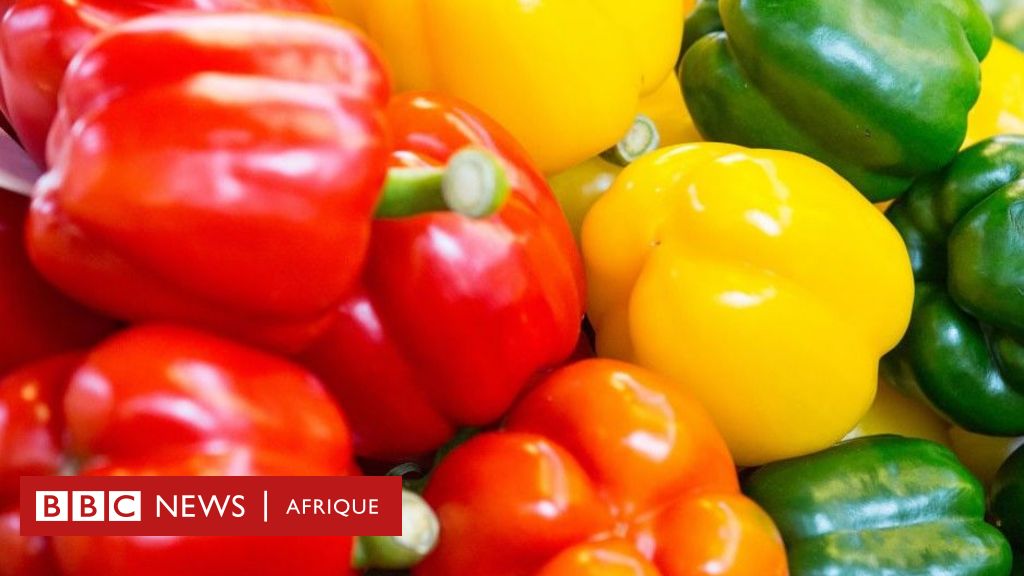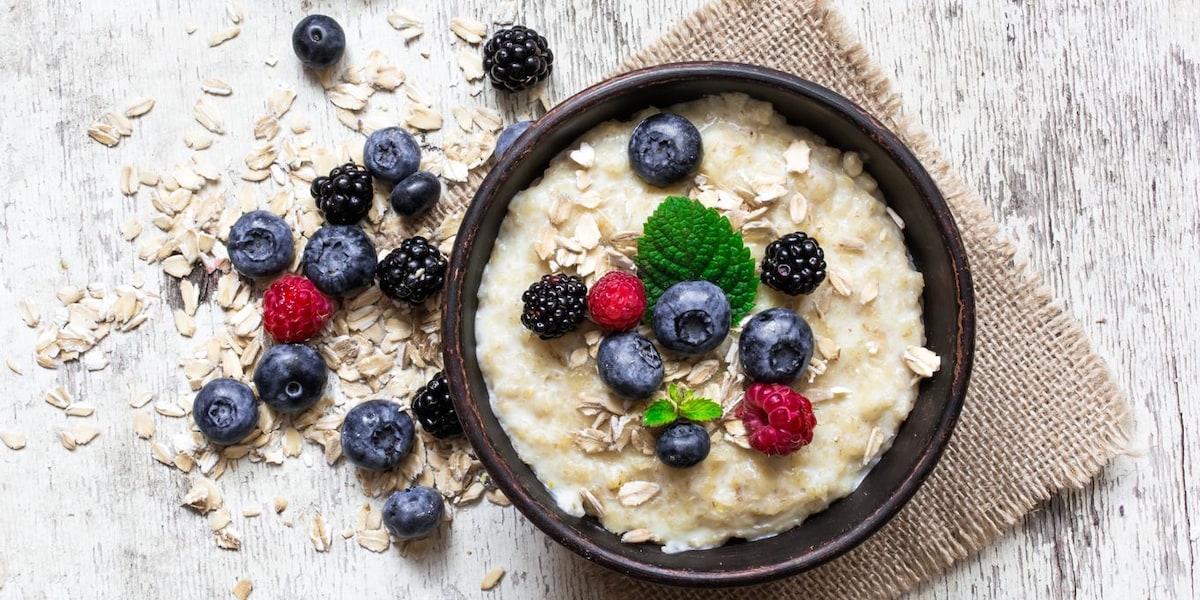Photo credit, Getty Images
- Author, Isidore Kouwonou
- Role, BBC Africa
It is found in every kitchen around the world. Whether red, green, orange or yellow, chili pepper, one of the most consumed spices in the world, has a good taste, with unsuspected health properties and recommended by nutritionists.
“Tchssss, tchssss”, no one can deny having the habit of making this natural gesture every time they find themselves in front of a delicious, but very spicy, dish, “well spiced”, as they say over there, at southern Togo.
The effect of chili pepper in a sauce, in short in a dish that we have had the pleasure of tasting, has always provoked a reaction, even those who think that it is necessary to take a good dose of alcohol to cope with a food ” well spiced.”
Much visited in Bè-Kpota, one of the very popular districts of Lomé, the Togolese capital, Maman Ayimouto (Ayimolou is a Togolese dish made from rice and beans that is eaten with very spicy black pepper) tells BBC Africa that the food remains bland, and even difficult to eat if there is no chili in it.
In restaurants or at home, we take care to have chili powder on the table for the pleasure of those who consume a lot of it.
Also read on BBC Africa:
In any case, many people love “very spicy” dishes which, moreover, are recommended by nutritionists because of the nutritional values they contain.
“A good spicy sauce is what I take to get rid of a stuffy nose. The effect of the pepper causes a runny nose which brings out the waste stored there,” quips Alex Komi, cook in a restaurant in Cotonou.
But what is special about this spice, chili pepper, to provoke so much interest among people?
What is chili pepper?
Photo credit, Getty Images
In reality, chili pepper is a name given to plants from the Solanaceae family whose fruit is used as a condiment or vegetable. It is known to be spicy. And there are more than 200 varieties of peppers grouped into 5 species, according to dietitian, nutritionist and specialist in hygiene and food quality, Dr. Mathieu Tobossi, who specifies that the differences are found in shape, color, spicy power and size of this spice.
It should be noted that the spicy aspect of chili peppers is linked to the presence of a component called capsaicin which gives this strength to the spice.
We find peppers whose capsaicin is at level zero (peppers for example), level 1 (kaprika), level 2 (hot pepper), level 3 (hot pepper), level 4 (hot pepper), level 5 (hot pepper), level 6 (hot pepper/cayenne), level 7 (hot pepper/arbol), level 8 (bird pepper), level 9 (volcanic pepper/tabasco), level 10 (explosive pepper/abanero).
It is a fruit very concentrated in micronutrients with numerous minerals and trace elements which make pepper a formidable ally in slimming diets.
Therapeutic virtues and benefits
Photo credit, Getty Images
Peppers, especially cayenne, help relieve pain and improve performance in athletes, according to some studies. It is a spice that helps normalize and control blood sugar levels.
“All of these elements allow chili pepper to promote fat burning and reduce fatigue,” says Dr. Tobossi, adding that it is also an element that fights effectively against oxidative stress.
Chilli pepper, according to him, stimulates the appetite and promotes blood circulation because of the presence of capsaicin. It is recommended for people who suffer from indigestion and stomach bloating. It is also an effective antibacterial that relieves muscle tension and pain.
The nutritionist especially talks about red pepper (cayenne) which would have many more virtues. “It has the virtue of significantly reducing pain due to arthritis, rheumatism, stiff neck, cramps and back pain,” he adds.
“Studies have shown that regular consumption of chili is associated with a reduced risk of death from cardiovascular disease,” he insists.
There are certain prejudices about chili pepper that the specialist wanted to raise straight away. Many believe that chili is the basis of the ulcer problem many people suffer from. There is also talk of hemorrhoids linked to this spice.
The latter brushes aside these assertions and emphasizes that pepper rather protects the stomach against peptic ulcers with a reduction in gastric acids.
The dietitian further emphasizes that chili strengthens intestinal health in relation to transit. The progression of materials through the intestine and its undulation can be promoted by chili pepper.
However, he advises those who already have ulcers to avoid eating chili peppers, because “it can increase pain” in the stomach.
Dietitians say that there is no danger in eating chili pepper, except that it should not be abused by consuming it excessively, because it can irritate the gastric or intestinal mucosa.
Here’s why you should avoid excessive consumption of chili peppers
Photo credit, Getty Images
“Any spicy spice has a tendency to trigger ulcer attacks,” warns Dr. Mathieu Tobossi, who advises ulcer sufferers to be careful with chili peppers.
This especially concerns hot or spicy peppers that should be avoided. This advice concerns people who suffer from certain specific ailments including:
- Prostatitis
- Anal fissures
- Hemorrhoid
- Gastroesophageal reflux
- Cystitis
- Irritable bowel syndrome
- Allergies to chili peppers
- Peptic ulcer
- Chronic inflammatory bowel disease.
Nutritional values
Photo credit, Getty Images
Here, the nutritionist emphasizes the pepper, cayenne (red pepper) widely used around the world. It is a pepper that can reach 3 to 4cm in length with a wavy body, a spicy and fiery taste.
The nutritional composition of cayenne pepper reveals 66% carbohydrate, 20% lipid and 14% protein. It provides a very high energy intake, 321 calories, according to him. Its lipids are polyunsaturated and therefore will not leave cholesterol deposits in the blood vessels or the heart.
This vegetable, he indicates, contains few calories, little sugar and rich in water and fiber. It contains iron, copper, manganese, phosphorus and magnesium. “We have most of the recommended daily intake of vitamins A, C and B which are found in cayenne pepper,” informs Dr Mathieu Tobossi.
It is therefore recommended to have good vision and a radiant complexion. Vitamin C which is an antioxidant helps you stay much younger. The immune and nervous systems benefit from the vitamin B6 contained in chili peppers.
There is also the presence in this spice of vitamin K which plays the role of anticoagulant and in strengthening bones. There is also potassium which helps regulate blood pressure and zinc which contributes to wound healing. Flavonoids and carotenoids are also present in chili peppers.
“They help reduce the harmful effects of organic poisons such as free radicals and oxidative stress which quickly makes us old,” adds the nutritionist, dietitotherapist and specialist in hygiene and food quality.
With these nutritional values and the benefits they provide, we can only take pleasure in consuming chili peppers for the happiness of the body. But be careful, you must always do it in moderation.





